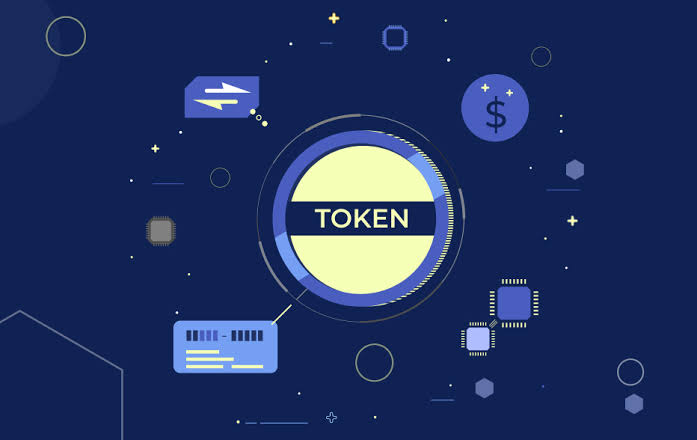In this digital age, the world of cryptocurrencies and blockchain technology has been creating quite a buzz. You’ve probably heard of Bitcoin and Ethereum, but did you know there’s a fascinating world of digital tokens beyond these household names? In this blog post, we’re going to dive into the captivating realm of digital tokens, shedding light on their various types and the purpose they serve in the ever-evolving digital landscape.
Utility Tokens
Imagine having a token that grants you access to a specific platform or service. That’s what utility tokens do. They are the key to unlocking a particular ecosystem, be it a decentralized application (DApp) or a service like Filecoin, where tokens are used to incentivize users to share their storage space.
Security Tokens
Security tokens represent ownership in an asset, such as real estate, stocks, or bonds. They are like digital versions of traditional financial instruments, providing you with legal rights and obligations. Security tokens are often regulated by financial authorities to ensure investor protection.
Payment Tokens
Payment tokens, as the name suggests, are primarily used as a medium of exchange. Bitcoin, the pioneer of cryptocurrencies, is a prime example of a payment token. These tokens aim to facilitate seamless transactions and reduce the need for intermediaries in the transfer of value.
Non-Fungible Tokens (NFTs)
NFTs are making waves in the art, gaming, and entertainment industries. These unique tokens represent ownership of one-of-a-kind digital assets. Whether it’s a rare digital artwork or a virtual piece of land in a metaverse, NFTs are used to prove authenticity and ownership.
Governance Tokens
Governance tokens give holders decision-making power within a decentralized network or platform. If you own a governance token, you can participate in voting on protocol upgrades, proposals, and even influence the direction of the ecosystem.
Wrapped Tokens
Wrapped tokens are a bridge between different blockchain networks. They allow you to trade assets from one blockchain on another. For example, Wrapped Bitcoin (WBTC) brings Bitcoin onto the Ethereum network, allowing Bitcoin to interact with Ethereum-based applications.
Stablecoins
Volatility is one of the major concerns in the world of cryptocurrencies. Stablecoins aim to address this issue by being pegged to a stable asset, like the US dollar. Tether (USDT) and USD Coin (USDC) are examples of stablecoins designed to provide a more stable store of value.
Collectibles Tokens
Collectibles tokens are similar to NFTs, but they represent a collection or set of digital assets. This could include trading cards, virtual pets, or even a set of themed NFTs that can be owned and traded.//Understanding these different types of digital tokens is crucial for navigating the cryptocurrency and blockchain landscape. Each type serves a unique purpose, and their applications continue to expand as technology evolves.
Conclusion
the world of digital tokens is vast and ever-evolving. Whether you’re interested in investing, participating in blockchain-based governance, or simply exploring the creative possibilities of NFTs, there’s a digital token for you. So, take a plunge into this exciting world, and you’ll discover a new frontier of opportunities and innovation.

